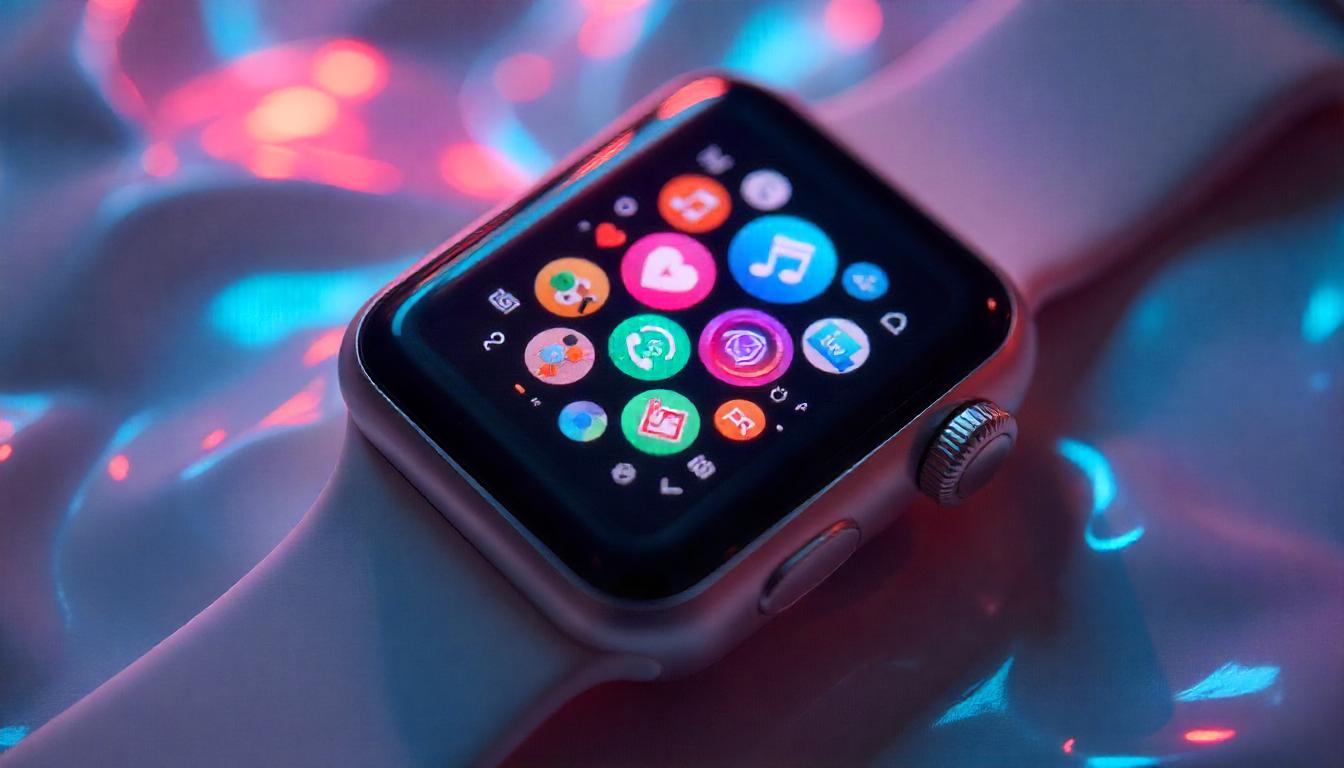Affiliate Disclosure
Please note that Techalf participates in affiliate marketing programs, which means we may earn commissions from products or services purchased through links on our site.
Smartwatches were able to carve out a niche in the area of tech gadgets that seems to deepen and widen with each passing year.
From smartphone accessory extensions, these watches grew into devices that bring an increase in productivity, health, and redefinition of personal style. With those growing capabilities, an extremely important question becomes relevant: Are smartwatches worth the investment in 2025? The answer largely depends on what you want from your tech.
If you’re on the fence about buying one, let’s dive into the features, benefits, and considerations that may help you decide whether a smartwatch is going to be your next must-have gadget.
Functionality Beyond the Basics
Today, smartwatches are way more than just digital timepieces or notification centers: the average 2024 smartwatch is chock-full of features to fit all types of needs.
Health tracking remains one of the biggest selling points. Modern smartwatches can track your heart rate, track your sleep, measure blood oxygen levels, and even take on-the-go electrocardiograms (ECGs). Companies like Fitbit, Garmin, and Apple have constantly moved the goalposts so that all your health metrics are always at your fingertips.
For fitness enthusiasts, smartwatches act as a personal trainer on your wrist, tracking your steps, calories burned, and specific workouts while offering advanced metrics like VO2 max and recovery times. In this regard, the most recent lineup by Garmin caters to runners and cyclists with pinpoint GPS accuracy and tailored training plans. Even casual exercisers appreciate gentle reminders to move or guided breathing exercises during the most stressful moments.
It’s not all about fitness, since the productivity features have stepped up, and many models will now integrate with smartphones, meaning you can reply to messages, take calls, and manage your schedules without having to pull out your phone. Smart assistants in the form of Siri, Alexa, and Google Assistant are also becoming staples, making setting reminders, dictating notes, or even controlling smart home devices much easier.
Health and Wellness: The Emphasis of 2025
The pandemic years have left many people more health-conscious than ever. Smartwatches are riding this wave with innovations aimed at promoting well-being. In 2025, the best models don’t just monitor your health—they provide actionable insights. For instance, some watches can detect irregular heart rhythms and suggest a visit to the doctor. Others use SpO2 sensors to assess sleep quality or identify potential respiratory issues.
One area where the smartwatches really scored is in stress management. Devices like the Fitbit Sense 2 have electrodermal activity sensors, which measure stress responses in the body. Paired with the mindfulness exercises, one could find balance in life. For those managing chronic conditions, such as diabetes or hypertension, newer models even offer integration with health apps that sync data directly with healthcare providers.
That would then make the smartwatch much more than just a luxury item, as it focuses on holistic wellness. It becomes a companion, bringing about healthier habits and keeps you informed about your body’s needs.
Style and Customization: Expressing Individuality
Functionality is good and all, but aesthetics: Smartwatches have evolved to fit any personal style. In 2025, you can go sleek and minimalist to rugged and sporty, or even a timepiece that feels premium with materials like titanium and sapphire crystal.
Customization goes beyond hardware: most smartwatches allow you to change bands, change watch faces, and even personalize widgets. That means you can dress your device up or down to fit the occasion, your mood, or even what you are doing. Whatever the event—be it formal or a trip to the gym—there’s a smartwatch configuration for it.
Cost vs. Value
Price is one of the most controversial aspects of smartwatches. Ranging from $100 at the low end to over $1,000 for the high-end ones, one needs to consider what is important to him before deciding on a purchase.
Entry-level smartwatches, such as those from Amazfit or Samsung’s Galaxy Active line, offer basic fitness tracking, notifications, and decent battery life. Mid-tier options like the Apple Watch SE or Fitbit Versa 4 balance affordability with advanced features. And then, of course, there are the flagships: the Apple Watch Ultra and the Garmin Fēnix 7, for those who want the very best in performance, ruggedness, and health tracking.
If you’re someone who prioritizes fitness, wellness, or productivity, the return on investment can be substantial. However, if you’re only interested in telling the time and checking occasional notifications, a traditional watch or smartphone might suffice.
Battery Life: The Most Important Consideration
Battery life is probably the single most important factor in the smartwatch debate. While most people charge their smartphones daily, expectations from a watch are for it to run longer. In 2025, battery performance is all over the place, with devices like the Fitbit Versa 4 or Garmin Instinct 2 Solar lasting quite a few days on one charge, while feature-packed models like the Apple Watch Series 9 generally have to be charged daily.
For those who value long-lasting power, there are options with solar charging capabilities or ultra-low-power modes. However, if you’re drawn to high-resolution displays and always-on screens, be prepared to charge more frequently.
Privacy and Security: Staying Safe
With any connected device, privacy and security are valid concerns. Smartwatches collect a huge amount of personal data, from health metrics to location tracking. While the bigger brands invest highly in data encryption and its secure storage, it will be wise to review privacy policies and adjust settings regarding what is shared.
For parents considering smartwatches for their kids, the Garmin Bounce or Apple Watch SE offer both parental controls and location tracking to keep them safe without invading their privacy.
The Case for Not Buying
All these benefits notwithstanding, smartwatches are not for everyone. If you aren’t really into tracking your health, fitness, or productivity, then the cost may outweigh the value. Similarly, if you find constant notifications overwhelming, a smartwatch might feel like more of a distraction than a convenience. In addition, some users are also deterred by the learning curve both in setting up and optimizing a smartwatch. While most models are user-friendly, getting the most out of one often entails syncing with apps, tweaking settings, and updating firmware regularly.
Final Thoughts: Are They Worth It?
So, are smartwatches worth the investment in 2025? The answer finally depends on your lifestyle and priorities. A smartwatch can be a game-changer for health-conscious individuals, fitness enthusiasts, and those who value convenience—it’s a device that will enhance your daily life. With their growing range of features, these devices are no longer just accessories but rather companions that support your goals and keep you connected. However, if you’re content with your current tech setup or find the cost prohibitive, it’s okay to wait. The smartwatch market is only growing, and newer, more affordable options are likely to emerge in the coming years. At the end of the day, it really comes down to just how much value you would place on the features and benefits that come with a smartwatch. If they are pertinent to your needs, then you might find it one of the best decisions you will make this year.
















